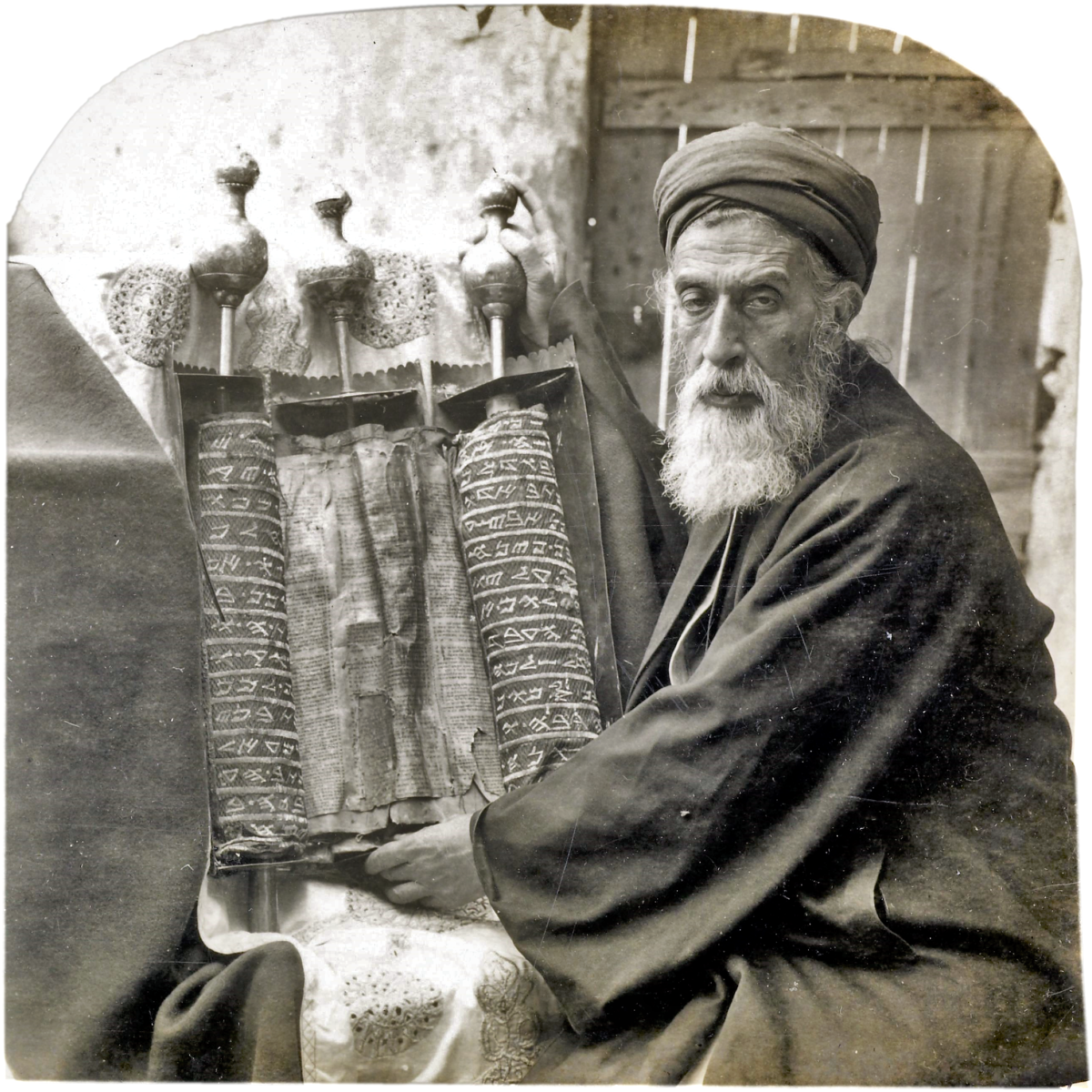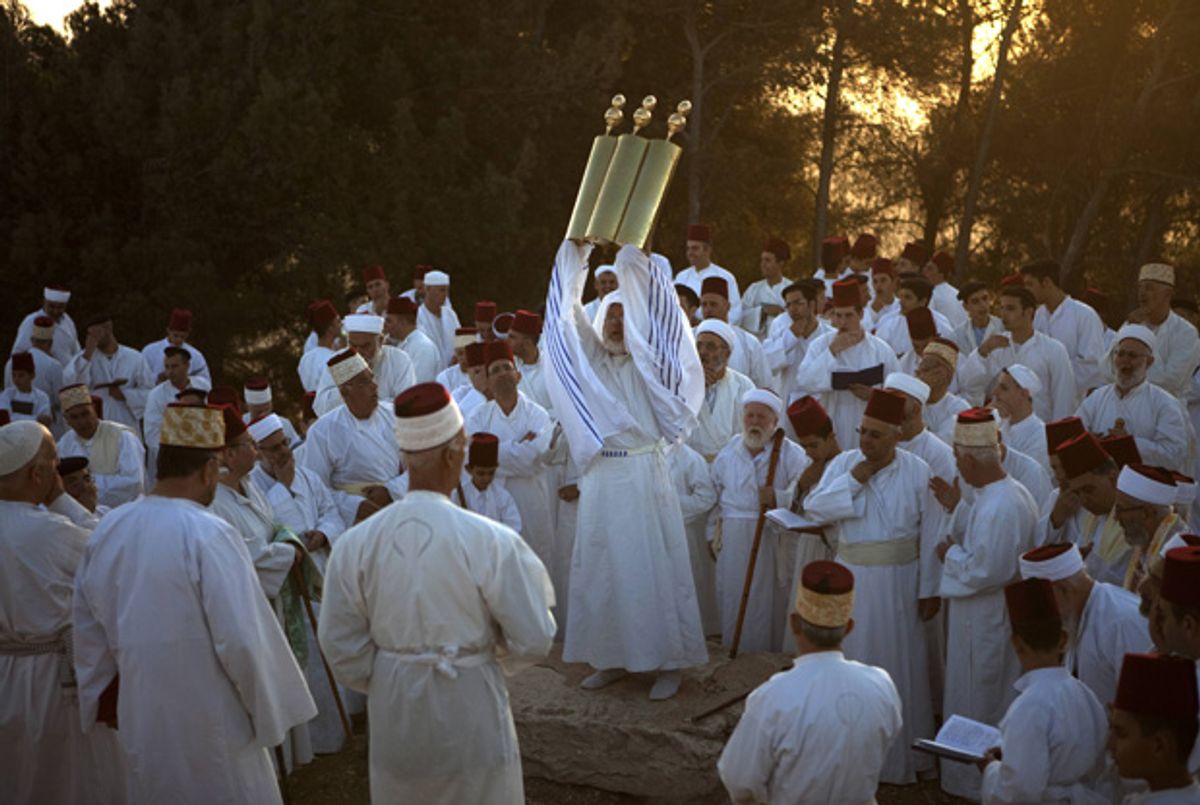DudleySmith
Diamond Member
- Dec 21, 2020
- 20,439
- 14,534
- 2,288
Another Abrahamic religion that dates from the 1st Century, allegedly disciples of John The Baptist.
Amazon product

 en.wikipedia.org
en.wikipedia.org
In the United States, Mandaean communities are centered in San Antonio (c. 2,500),[12] New York City, San Diego,[63] Winnetka, California, Austin, Texas,[120] Worcester, Massachusetts (c. 2,500),[9][10] Warren, Michigan,[121] Chicago,[122] and other major metropolitan areas. There is a mandi in Detroit.[123]
The status of the Mandaeans has prompted a number of American intellectuals and civil rights activists to call upon the US government to extend refugee status to the community. In 2007, The New York Times ran an op-ed piece in which Swarthmore professor Nathaniel Deutsch called for the Bush administration to take immediate action to preserve the community.[29] Iraqi Mandaeans were given refugee status by the US State Department in 2007. Since then, more than 2500 have entered the US, many settling in Worcester, Massachusetts.[15][1] The community in Worcester is believed to be the largest in the United States and the second largest community outside the Middle East.[10] About 2,600 Mandaeans from Iran have been settled in Texas since the Iraq War.[124]
....
Mandaeans are a closed ethno-religious community, practicing Mandaeism, which is a monotheistic, Gnostic, and ethnic religion[63]: 4 [125][126] (Aramaic manda means "knowledge," and is conceptually related to the Greek term gnosis.)[126] Its adherents revere Adam, Abel, Seth, Enosh, Noah, Shem, Aram, and especially John the Baptist.[126][30][127] Mandaeans consider Adam, Seth, Noah, Shem and John the Baptist to be prophets with Adam the founder of the religion and John being the greatest and final prophet.[45]: 45 [128]
An article discussing their writings relevant to John, the Jews and Christians of the 1st Century for historical interests.
ABSTRACT
New Testament scholars, drawing on Mandaean sources to shed light on the Gospel of John, may have done more harm than good to both Johannine and Mandaean studies. Nonetheless, approaches to the Gospel of John developed over the past 50 years have shed light on the Gospel’s Jewish context and the clues its polemical emphases can provide about the time and setting in which it was written. J. L. Martyn’s suggestion that the Gospel of John can be read on “two levels”, telling us about the context in which it was written while telling a story set in the time of Jesus, has the potential for fruitful application to Mandaean literature as well. As in the case of the Gospel of John, there is good reason to think that the anti-Jewish features of some Mandaean literature may ultimately provide evidence of the Jewish origins, or at the very least context, of the community that produced it. This article examines the story of Miriai, and what it presupposes about the relationship between Jews and Mandaeans and the nature of conversion at the time of its writing.
A lot of their texts have yet to be translated into English.
Amazon product

Mandaeans - Wikipedia
United States
Main article: Mandaean AmericansIn the United States, Mandaean communities are centered in San Antonio (c. 2,500),[12] New York City, San Diego,[63] Winnetka, California, Austin, Texas,[120] Worcester, Massachusetts (c. 2,500),[9][10] Warren, Michigan,[121] Chicago,[122] and other major metropolitan areas. There is a mandi in Detroit.[123]
The status of the Mandaeans has prompted a number of American intellectuals and civil rights activists to call upon the US government to extend refugee status to the community. In 2007, The New York Times ran an op-ed piece in which Swarthmore professor Nathaniel Deutsch called for the Bush administration to take immediate action to preserve the community.[29] Iraqi Mandaeans were given refugee status by the US State Department in 2007. Since then, more than 2500 have entered the US, many settling in Worcester, Massachusetts.[15][1] The community in Worcester is believed to be the largest in the United States and the second largest community outside the Middle East.[10] About 2,600 Mandaeans from Iran have been settled in Texas since the Iraq War.[124]
....
Mandaeans are a closed ethno-religious community, practicing Mandaeism, which is a monotheistic, Gnostic, and ethnic religion[63]: 4 [125][126] (Aramaic manda means "knowledge," and is conceptually related to the Greek term gnosis.)[126] Its adherents revere Adam, Abel, Seth, Enosh, Noah, Shem, Aram, and especially John the Baptist.[126][30][127] Mandaeans consider Adam, Seth, Noah, Shem and John the Baptist to be prophets with Adam the founder of the religion and John being the greatest and final prophet.[45]: 45 [128]
An article discussing their writings relevant to John, the Jews and Christians of the 1st Century for historical interests.
ABSTRACT
New Testament scholars, drawing on Mandaean sources to shed light on the Gospel of John, may have done more harm than good to both Johannine and Mandaean studies. Nonetheless, approaches to the Gospel of John developed over the past 50 years have shed light on the Gospel’s Jewish context and the clues its polemical emphases can provide about the time and setting in which it was written. J. L. Martyn’s suggestion that the Gospel of John can be read on “two levels”, telling us about the context in which it was written while telling a story set in the time of Jesus, has the potential for fruitful application to Mandaean literature as well. As in the case of the Gospel of John, there is good reason to think that the anti-Jewish features of some Mandaean literature may ultimately provide evidence of the Jewish origins, or at the very least context, of the community that produced it. This article examines the story of Miriai, and what it presupposes about the relationship between Jews and Mandaeans and the nature of conversion at the time of its writing.
A lot of their texts have yet to be translated into English.
Last edited:


